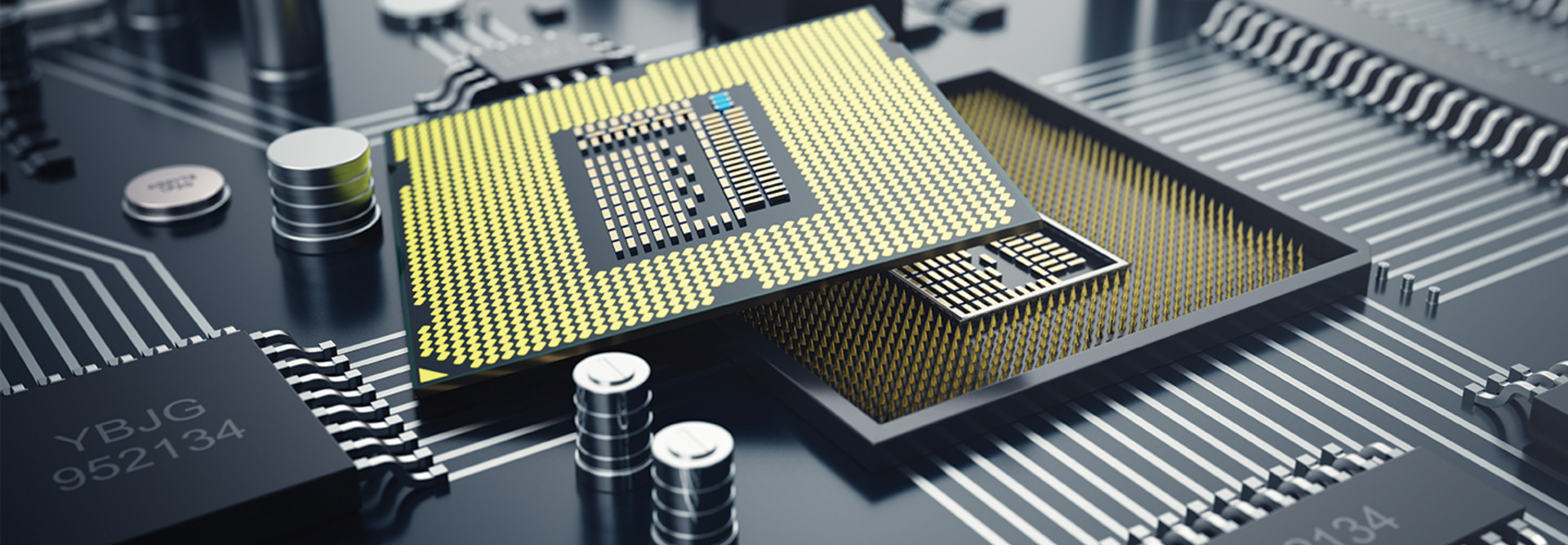In mid-October, tech giant Google made headlines with news that it had run a successful quantum computing demonstration. In Google’s trial, this new type of computer process ran a calculation in 200 seconds that would have taken the fastest supercomputer 10,000 years to complete.
While we’re a long way from seeing quantum computers in the classroom, some visionaries say advances in the field could have K–12 implications.
“Quantum computing harnesses the quantum mechanics properties of molecules to do an entirely different kind of computing,” says Diana Franklin, research associate professor in computer science at the University of Chicago and co-principal investigator with Enabling Practical-scale Quantum Computation (EpiQC), a consortium of quantum researchers and advocates.
MORE FROM EDTECH: Learn how future technology demands are driving schools to upgrade their networks.
Advances in Science Help Make ‘Bizarre’ Math Tangible
In subatomic physics, quantum states are all about uncertainty. A conventional computer understands two possible states — the well-known ones and zeros of binary computing. It’s like flipping a coin: Information is stored as heads or tails.
By leveraging uncertainty at the subatomic level, quantum machines can hold information in innumerable simultaneous states. Rather than a coin flip, think of rolling a marble.
“In quantum computing you can store many more variables in a much smaller space, and update them with a single operation,” Franklin says.
The problem is, quantum science makes most people’s brains hurt. As a result, “quantum mechanics has not really filtered down to high school education at all,” says Kenneth Brown, an associate professor in the Department of Electrical and Computer Engineering at Duke University and an EpiQC researcher.
When schools do touch on the topic, “we’ve always taught it as this ‘weird’ thing, this ‘bizarre’ stuff,” Brown says. “Anything we say about it tends to be pretty hand-wavy. It’s very muddled.”
Now, the rise of quantum computing gives K–12 a new tool to make that bizarre math tangible.
$450 million
The amount of private funding startups received in 2017 and 2018 to explore quantum computing
Source: nature.com, “Quantum gold rush: the private funding pouring into quantum start-ups,” Oct. 2, 2019
Introducing Students to a Quantum Future
Teachers can use quantum computing as an object lesson to introduce high-level concepts. Especially for high school students, the physics behind quantum machines offers an avenue of exploration.
“We don’t talk about superposition and wave-particle duality, but we can explain how you can have a single thing that can be seen in two ways,” Franklin says. “We can talk about sporks — something that has a probability of being a spoon and a probability of being a fork. It’s a way of teaching physics concepts using everyday understanding.”
The rise of machines that leverage physics at this level can help to make the concepts real.
“It takes these theoretical, abstract math and physics concepts and gives them a practical application,” Franklin says. “It constrains the space and makes it more understandable.”
Teachers looking to get an early start can explore quantum concepts with a the free IBM Quantum Experience tool. Students can get a taste of quantum computing with the Quirk quantum computer simulator.
In the big picture, quantum computing will raise the bar in K–12 digital literacy.
“For our students, quantum technologies are in their future,” Brown says. “They will use it as scientists, and even as citizens they will have to decide what we do with these technologies. So, we want them to have an early understanding of the fundamentals.”









